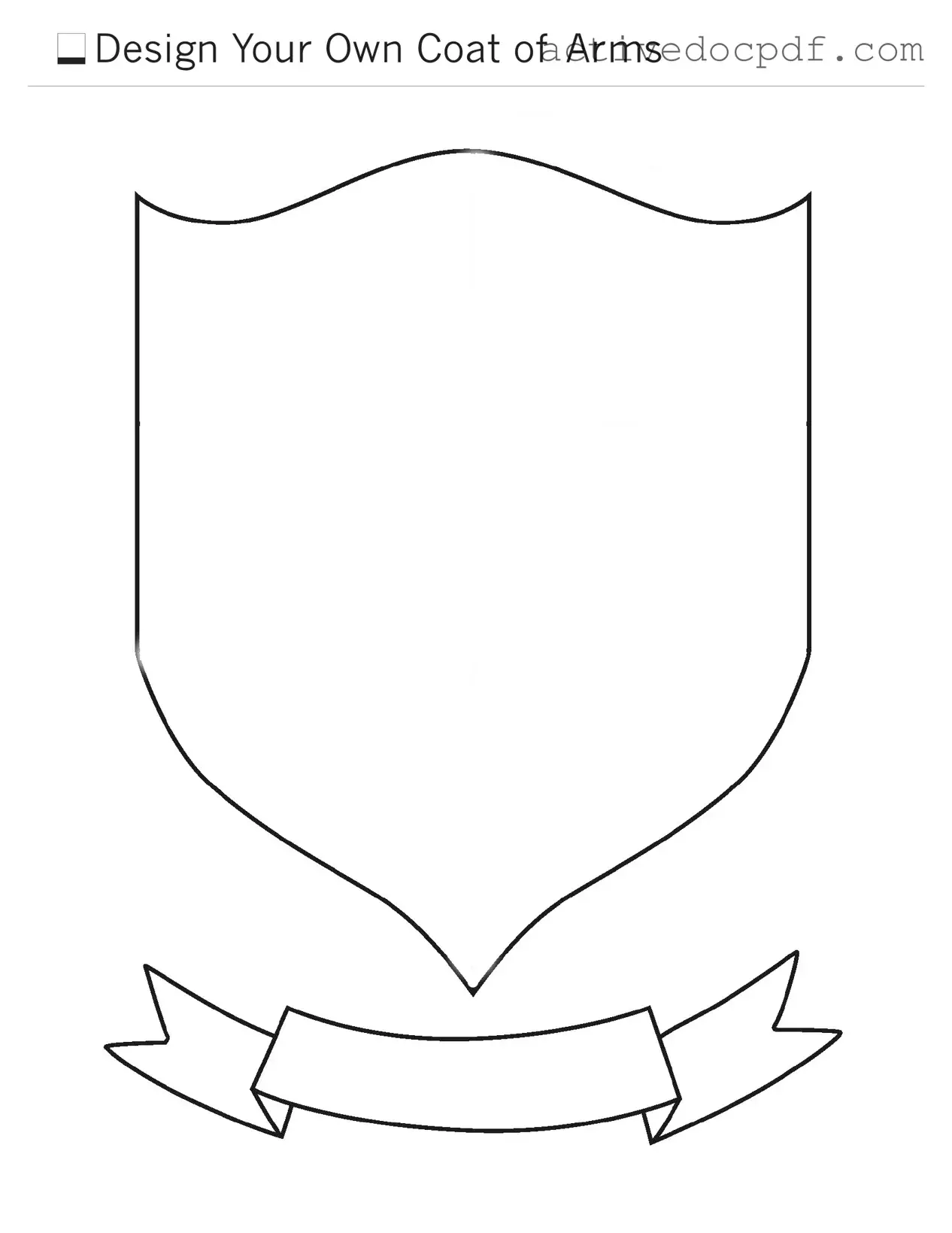Free Coat Of Arms PDF Form
The Coat of Arms form is a document used to request the creation or registration of a heraldic coat of arms. This form serves as a formal application that outlines the design elements and significance of the coat of arms. Individuals or organizations seeking to establish a unique heraldic identity may utilize this form to ensure proper recognition and protection of their emblem.
Edit Form Online
